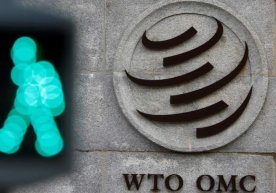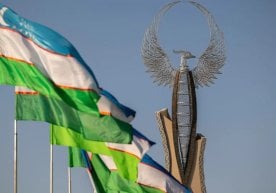
Uzbekistan has experienced significant climate changes over recent decades, UPL.uz reported, citing research conducted by the national hydrometeorology center in cooperation with UN experts. From 1950 to 2020, the country’s average annual temperature increased by approximately 1.5°C — higher than the Central Asian average.
In the early 2000s, Uzbekistan experienced about 4–5 extremely hot days per year (above 40°C for three or more days), but by the 2020s, that number rose to 9–11. This trend is especially strong in southern and western regions such as Surkhandarya, Kashkadarya, Khorezm, and the Republic of Karakalpakstan.
Extreme heat poses health risks, particularly for the elderly and those working outdoors. Agriculture is also impacted, as crop yields fall due to water shortages and high temperatures. Rivers and irrigation canals dry out faster, making water management more difficult.
A notable case of extreme heat occurred on August 3, 2023, in Nukus, where the temperature reached 47.6°C — one of the highest ever recorded in the region.
Experts stress the need for better weather monitoring, improved meteorological stations, and adaptive measures to help both people and the economy respond to climate changes — such as better irrigation systems and resilient infrastructure. Read “Zamin” on Telegram!
Ctrl
Enter
Found a mistake?
Select the phrase and press Ctrl+Enter Related news
Information
Users of Меҳмон are not allowed to comment this publication.
Users of Меҳмон are not allowed to comment this publication.














